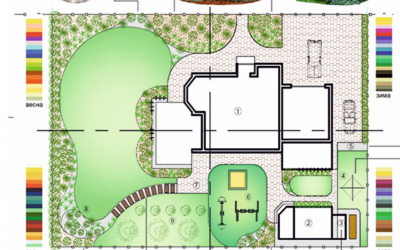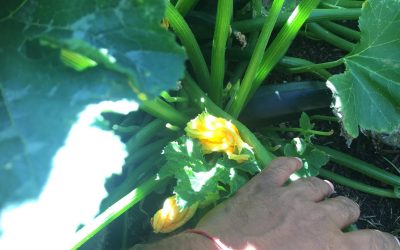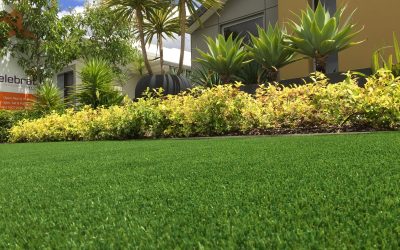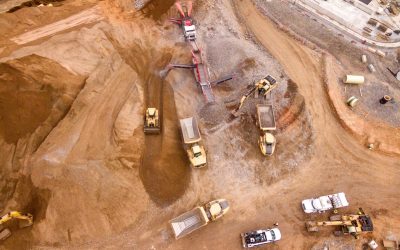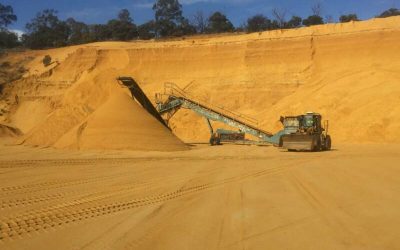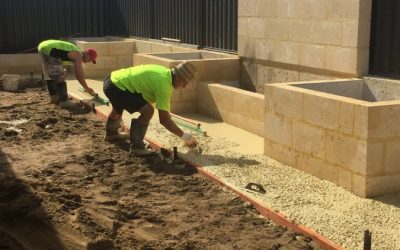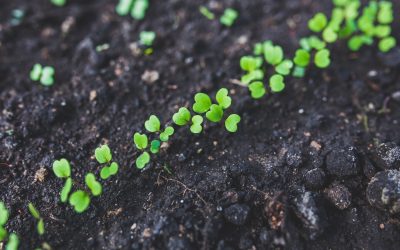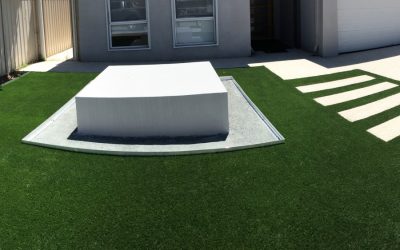Gardening is a hobby many people choose at some point in their life. Regardless of whether you are new or a seasoned veteran — we are here to help you with your gardening and soil needs. One question we are often asked is what are the different types of soil?
Believe it or not, there are many types of soil and the right soil for you is dependant on what type of vegetation you want in your garden. Let’s take a look at the different types of soil and explore what they are best used for.
Clay Soil
Largely constitute clay, this soil type is popular for its high nutrient properties. One of its characteristics is that the soil remains wet during the rainy season, winter, and spring and dry in summer. The soil’s clay particles can hold large amounts of water, making it an ideal choice for summer crop vegetables.
Also, fruit trees, ornamental shrubs/trees, and perennials such as Bergamot, Aster, and Helen’s Flower thrive in this type of soil. You can also plant soft berry crops and early vegetables to ensure proper drainage of this soil.
If you have raised beds, draining may not be a problem. However, you should find ways to address the moisture concern if you have a field garden. Another important thing to note is that the soil is often difficult to till and can develop cracks when dry.
Silt Soil
Silt soil is highly fertile with rich content of nutrients. The powdery soil is soapy, soft, and can hold water with fairly good draining capabilities. The loose soil texture also ensures excellent air circulation and make working in it easy with your garden tools.
However, you should be careful about the runoff as it is prone to wind erosion and washing away. If you prefer silt soil for your plants, use sufficient mulch to minimise erosion issues. You can make it more fertile by mixing it with organic matter.
Silt soil is ideal for a number of flower plants, including swamp milkweed, yellow iris, Japanese iris, various rose varieties, daffodils, etc. You can also cultivate sugar beet, potatoes, field vegetables, bulbs, and vining peas.
Sandy Soil
The soil is gritty, and therefore, it is easy for you to work in it. However, sandy soil dries out and warms up fast during summer. Due to the washout during wet spells and large sand particles, the soil holds fewer nutrients than other types of soil.
Therefore, cultivating most plants in the soil are futile. However, the soil is less susceptible to fungal and bacterial diseases in the garden and requires little maintenance. Though you can’t plant most of your favourite plants in this type of soil, there are a few exceptions, especially drought-tolerant flowers and plants. The list includes blanket flower, Adam’s needle, wormwood, flowering quince, and butterfly weed.
When it comes to vegetables, carrots, radishes, collard greens, potatoes, lettuce, and tomatoes can tolerate dryness and thrive in sandy soil without many issues. A number of groundcovers and perennials also find the soil type convenient for their growth. The list includes lavender, artemisia, catmint, Oregon stonecrop, moss phlox, and sedum.
Loam Soil
Loam soil is a favourite choice for many to grow various plants as it contains the right mix of clay, sand, silt, and humus. Additionally, the soil has a higher pH level, a high amount of calcium, and a gritty structure, giving it excellent draining properties.
Since it retains water and drains quickly, gardeners prefer to choose loam soil for their gardens. The loose, porous soil texture makes it breathe well and become critical for optimal plant growth. All these characteristics make the soil a greatly fitting choice for both vegetables and flowers.

You can cultivate the following vegetables in loam soil: onions, tomatoes, green beans, peppers, cucumbers, radishes, carrots, spinach, and sweet corn. Similarly, blueberries, blackberries, and strawberries grow well in this type of soil. It is also suitable for most flowers and ideal for flower gardens.
Peat Soil
As the name suggests, the soil contains a high level of peat, making the soil texture spongy and damp. This type of soil is mainly formed due to the partial decomposition of plant material in anaerobic water-saturated conditions. The dark soil is acidic that reduces the decomposition of organic matter, making it less fertile.
Though the soil heats up quickly, it’s capacity to hold a lot of water demands drainage. You can covert the soil for cultivation by mixing with organic matter and compost and adding lime to reduce the acidity. The soil is suitable for a number of vegetable crops, including root crops, salad crops, legumes, and brassicas.
You can also plant lantern trees, heather, camellia, witch hazel, and rhododendron. Considering the high water-retaining capacity and soil respiration, peat soil is one of the preferred commercial horticulture choices.
In conclusion, if the peat soil is drained, the decomposition of organic matter in the soil can lead to nitrogen release. And the mineralisation of nitrogen makes the soil fertile for plant growth.
Chalky Soil
The soil is stonier – comprised of calcium carbonates – with larger grains. It is known for free draining, and the alkaline nature – ranging pH level between 7.1 to 10 – of the soil makes it not suitable for many plants. Plants are at increased risks of stunted growth and yellowish leaves. However, you can resolve this issue by adding appropriate fertilisers to reduce the pH level.
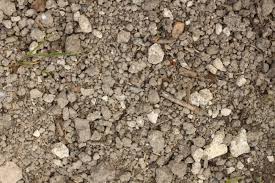
Adding humus is another great way to improve workability and water retention and make it ready for cultivation. Your workout plan for this soil is sticking on drought and alkaline tolerant plants. Also, smaller and younger plants find the soil good for growth compared to mature, larger plants.
Some vegetables you can plan in chalky soil include beets, sweet corn, spinach, and cabbage. It is also good for various bulbs, shrubs, and trees, including weigela, lilac, pinks, mock oranges, and Madonna lilies.
An excellent way to improve chalky soil quality is by adding compost, peat moss, humus, manure, pine needles, and leaf to the soil and tilling it. To add iron and manganese – lack of these nutrients leads to yellowish leaves and stunted growth – you can use fertilisers.
After planting, you can also add mulch around the plant crowns to ensure moisture. Additionally, you can give extra watering during the summer to meet the needs of the plants.
What Soil Should Be Ideal For My Garden?
Most parts of Western Australia lie on sand dunes, and therefore, the sandy soil content is high across the state. However, when it comes to coastal regions, the situation is sometimes different.
We have already seen six different soil types, but most areas have a mix of all these soils in different proportions. The humus and other organic matter also transform the structure of the soil. Minerals, water, oxygen particles, and living organisms of the soils also change the soil’s characteristics.
With a simple soil test, you can find out the soil type in your garden.
The Soil Test
Also known as the ribbon on bolus test, it can quickly help you confirm your soil’s character:
- Take a handful of soil, remove the sticks, stones, and other larger particles.
- Soak and squish it until it becomes coagulated.
- Roll the mass and make it in the form of a sausage.
- Try to bend the sausage into a circle.
- If you notice that the soil holds together, you can confirm that it has higher clay content.
- You can conclude the high sand content of the soil if it breaks apart quickly.
The Moisture Content
The soil’s capacity to hold water and other nutrients is an important factor in the growth and developments of the plants cultivated in it. And sandy soils quickly drain, mainly because of a waxy substance cover due to the soil’s break down of organic matter.
If you have sandy soil, you can use an organic wetting agent to break down the waxy substance and allow water to penetrate the soil. But it would help if you kept in mind that the use of a wetting agent is temporary, and it often results in harmful effects on amphibians and microorganisms in the soil. It would help if you thought of changing the soil structure in the long-term.
Use Of Organic Matter And Mulch
The use of organic matter is an excellent way to improve the nutrients and capacity of the soil. Use of compost or aged manure can transition the structure of your soil. Again, it takes time, and you need a significant amount of organic matter to get the desired result.
This approach won’t be your choice if you want to begin with your garden adventure in a few days.
Another option that is viable for you is the use of mulch. It can regulate soil temperature, improve moisture by reducing evaporation, and protect various microbes in the soil from UV rays. The soil that is left bare is exposed to the hard weather of Western Australia, making it degraded and hydrophobic.
Finally, adding clay to your soil can change the texture and characteristics permanently. Mixing clay with the top 15 to 20 centimetres of your soil can make it capable of holding water and nutrients. Adding 0.5 to 1.5 kilograms of clay to the per square metre can work well and transform your soil’s characteristics.
If you have plants with stunted growth in your garden, you can use this method to give an impetus to their growth.
The Soil Supplies Of Eco Landscape
The biggest disadvantage of all the procedures mentioned above is that they are not designed to fit your plants’ specific needs.
This is where the soil supplies of Eco Landscape Supply can ideally fit the needs of your plants. All our soil supplies are specially prepared with minerals that support your plant growth and development. With the right mix of silt, sand, and clay, they ensure your plants’ optimal moisture and draining needs.
Special soil types for veggies and flowers, lawns, and various types of trees, our range helps you choose the right types of soil for your garden quickly. We also supply soil conditioners, screened topsoil, mushroom compost, native soil mix, and landscape mix soil to create the garden in your mind.
You can talk to our soil specialists and let us know your garden plans or your plants’ needs. We will provide expert information and help you make your garden a great success. We also offer an excellent range of mulches to help the plants cope with the scorching climate of Western Australia.
Explore our range of soil and landscape products to begin with your garden plans quickly.

